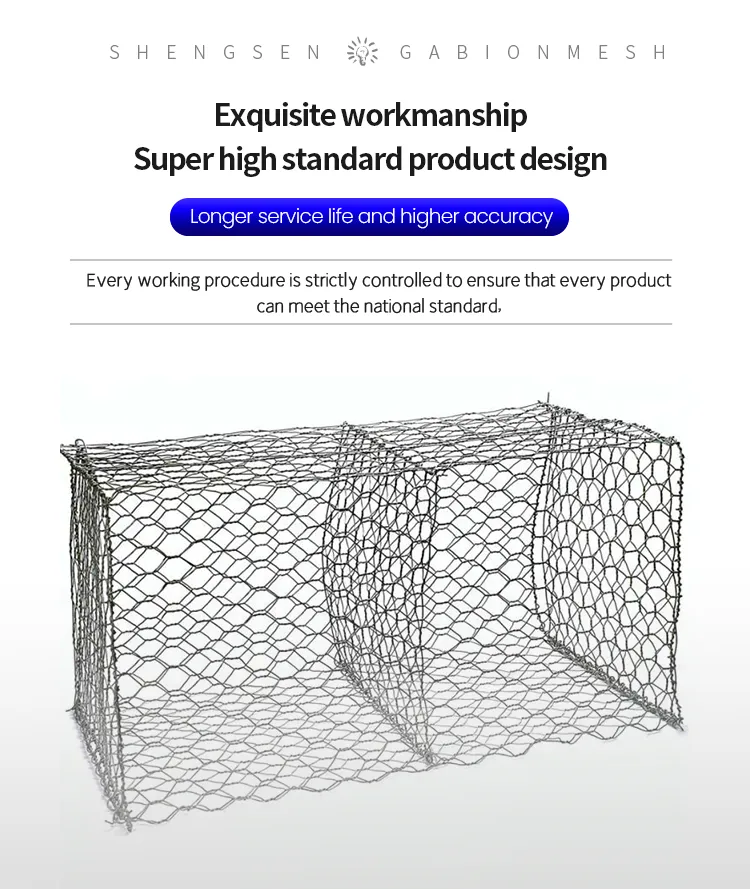-
 Phone:
Phone: -
 Email:
Email:

how to prevent rock falls
How to Prevent Rock Falls Strategies and Best Practices
Rock falls pose a significant risk in mountainous and hilly regions, particularly in areas prone to geological instability, such as roadways, construction sites, and natural habitats. The consequences can be devastating, leading to property damage, injury, or even loss of life. Therefore, understanding how to prevent rock falls is essential for ensuring safety and maintaining the integrity of our environments.
Understanding Rock Falls
Rock falls occur when a mass of rock falls freely from a cliff or steep slope. Various factors contribute to this phenomenon, including weathering, erosion, seismic activity, and human impact. These factors can weaken the underlying material, making it prone to collapse. Consequently, prevention measures must address both natural and anthropogenic influences.
Preventive Strategies
1. Regular Geological Assessments Conducting regular assessments of rock formations is crucial in identifying potential hazards. Geologists can evaluate the stability of rock faces, looking for signs of deterioration, such as cracks or loose debris. Early detection allows for timely interventions to mitigate risks.
2. Slope Stabilization Techniques Implementing slope stabilization techniques can significantly reduce the likelihood of rock falls. This includes installing retaining walls, rock bolts, and soil nails, which help anchor loose rocks and soil in place. Additionally, terrace constructions can be employed to slow water runoff, reducing the erosive power of rain.
3. Drainage Management Proper drainage management is essential in preventing rock falls. Heavy rainfall can saturate soil and create pressure that loosens rocks. Installing drainage systems, such as culverts or ditches, diverts water away from vulnerable slopes, mitigating erosion and reducing the chances of rock falls.
how to prevent rock falls

4. Vegetation and Landscaping Vegetation plays a crucial role in keeping soil in place. Planting deep-rooted plants and trees along slopes not only stabilizes the soil but also helps absorb excess water, reducing the risk of erosion. Controlled landscaping can also minimize disturbances that lead to instability.
5. Rock Netting and Fencing In areas particularly prone to rock falls, installing rock netting can catch falling debris and prevent it from reaching roadways or populated areas. Similarly, fencing can be used as a barrier to divert rock falls away from critical infrastructure, enhancing safety.
6. Monitoring Systems Advanced monitoring systems, including geotechnical sensors and radar, can provide real-time data on slope stability, weather conditions, and seismic activity. By monitoring changes in these parameters, proactive measures can be implemented when risks are identified.
7. Public Awareness and Education Educating local communities about the risks associated with rock falls and the importance of preventive measures is vital. Communities should be informed about safe practices in areas with known hazards, including signs to watch for that may indicate increased risk.
8. Regulatory Measures Governments and local authorities should enforce regulations that require thorough geological studies before construction projects in high-risk areas. Additionally, zoning laws can be established to limit development in particularly vulnerable zones.
Conclusion
Preventing rock falls is a multifaceted challenge that requires collaboration between geologists, engineers, local authorities, and communities. By implementing a combination of preventive strategies, we can mitigate the risks associated with rock falls, protecting both lives and infrastructure. A proactive approach, rooted in regular assessment, monitoring, and public education, can significantly enhance the safety and resilience of areas susceptible to these natural hazards. As we continue to develop and inhabit mountainous regions, prioritizing rock fall prevention will be essential for sustainable growth and safety.
-
Wire Mesh for Every Need: A Practical SolutionNewsJul.25,2025
-
Steel Fences: Durable, Secure, and Stylish OptionsNewsJul.25,2025
-
Roll Top Fencing: A Smart Solution for Safety and SecurityNewsJul.25,2025
-
Cattle Farm Fencing Solutions for Maximum SecurityNewsJul.25,2025
-
Affordable Iron Binding Wire SolutionsNewsJul.25,2025
-
Affordable Galvanized Wire SolutionsNewsJul.25,2025
-
Wire Hanger Recycling IdeasNewsJul.25,2025








